Report on WWD2013 in Biwa-ko, Nagahama City, Shiga Pref., Japan
Jun Ueda (Biwa-ko Waterfowl & Wetland Center(BWWC))
http://www.biwa.ne.jp/~nio/eng/index_e.html
Lake Biwa (Biwa-ko) is the largest lake in Japan. It
was designated as a Ramsar Site in 1993. In 2008, Nishino-ko which is a marshy
lake attached to Biwa-ko was added to the site. On 3rd February, in the meeting in Kohoku (Northern Lake Biwa), we
celebrated the 20th anniversary of Lake Biwa Ramsar Site as an
activity for WWD2013 . 20 year’s history of Lake Biwa Ramsar Site is deeply
related to WWD2013’s theme “Water and Wetland Management”.
[Details]
(1) The meeting was hosted by Biwa-ko Waterfowl & Wetland Center (BWWC),
and Kohoku-Wild Birds-Center (KWBC), supported by Biwa-ko Wetland Study
Group (BWSG http://www.biwa.ne.jp/~nio/ramsar/projen.htm) on 3rd February (from 9:30 to 14:00).

Photo 1 The entrance of BWWC
The entrance of BWWC looks like a
face of Little Grebe. Little Grebe is the symbol bird of Biwa-ko. Building on
the right is KWBC that has birding facilities for watching waterfowls in
Biwa-ko
(2)Opening Speech Masakatsu Kimura (Director of BWWC&KWBC)
(3) Bird-watching for waterfowls
At first, Norio Murakami gave some quizzes about
Ramsar Convention to the audience. Those questions were “Is the Ramsar
Convention aimed for protecting waterfowls?” “Is only a range of Ramsar Site an object of conserving by the Convention?”
Both answers were No.
He pointed out how important observing wetlands were. Mountains, rivers,
rice paddies, and lakes are all connected to water, and parts of wetland
ecosystem. Waterfowls are good and important indicators to measure how
healthy wetlands are.After the quiz, we were
birding for about one hour around the Center, and observed 38 species of birds including
geese, swans, and ducks(Photo 2).
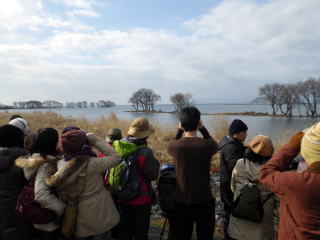
Photo 2 Birding around the Center
(4) Talk about 20-year history of Lake Biwa Ramsar Site by Norio Murakami
& his son, Satoru
At first, coordinator Hisashi
Sugawa introduced brief history of many international environmental conventions
including Ramsar Convention. It is important to understand the history of these
conventions. All of them are acting towards sustainable use of earth
environment. Our wetlands conservation activities have to be handed over to the
next generation (Figure 1).
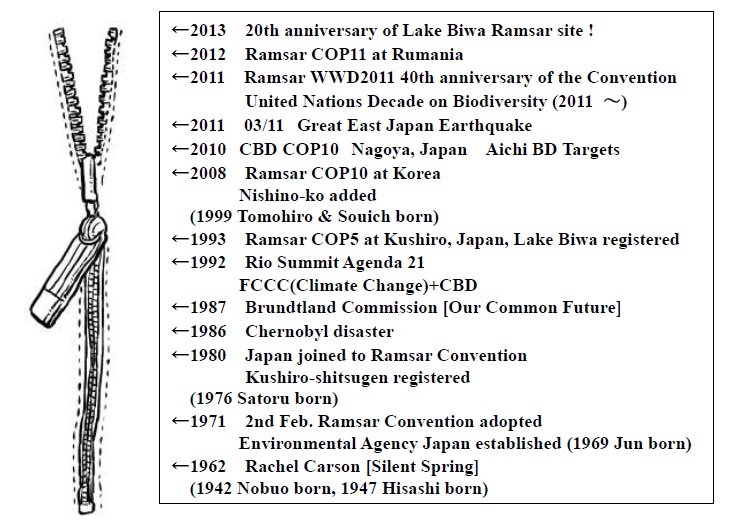
Fig.1 Importance to understand the history of
International Environmental
Conventions
In order to close a zipper, we have to do it from the beginning. It
cannot be closed at the middle of it. We tend to focus on a recent progress of
conventions. Like a zipper, we have to follow the history of conventions from
the beginning in order to have a correct understanding.
Norio Murakami keeps working on local wetlands
conservation as a natural science teacher. He talked about two activities that
went well.
First one is introducing
of water plants in town of Juri (Juri-cho), Nagahama city, Shiga prefecture. There
are many flowing wells (Artesian aquifer) at lakeshore region around Lake Biwa.
A large quantity of pure water is flowing out from the wells in Juri-cho. Townspeople
had not realized it. They got rid of any kinds of water plans, when they
cleaned ditches. Water plants “Ranunculus aquatilis” can be grown in only pure
water streams. Murakami planted them in Juri-cho. Townspeople enjoy beautiful
white flowers of the water plant (Photo 3).
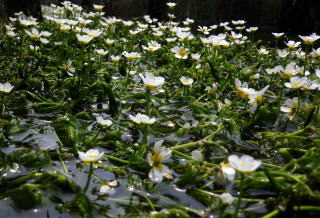
Photo 3 Baikamo (submerged water plants with beautiful white flowers)
Second one is about Yogo-cho,
where Norio lived in. The mayor of Yogo tried to invite a repository plan for
nuclear wastes in 2006, in order to obtain subsidy. Murakami was able to stop
it helped by the majority of townspeople who signed up petition. Yogo-ko (lake
of Yoko) is a source of Lake Biwa. The population around the Lake Biwa and Yodo-river
basin is huge. Those residents had a big concern, and more than 20,000 people
sent petition.
After Fukushima nuclear
plant accident in March 2011, the case of Yogo-cho was televised nationally.
That gives us an opportunity to think about what we really should do about nuclear
wastes.
The number of people
interested in attractive creature livings in wetlands increased. But younger
generation interested in wetlands is few. Nobuo thinks it is important to
educate younger generation to understand values of wetlands.
Satoru, Nobuo Murakami’s son,
talked about his personal story growing up as a child of conservator. He also
talked about the history of NPO “Blue Lake Biwa” that he is now working as the
representative director.
When Satoru was young,
his father introduced freshwater fishes and waterfowls. He got immediately
interested in not only creatures but also nature at whole. He started studying the
ecology, and wetlands conservation.
NPO “Blue Lake Biwa” (BLB) was started by people who involved “Non-Phosphorus Soap Movement.” In 1977, there was Red Tide in Lake Biwa. Red Tide is
discoloration of a body of water by abnormal number of plankton. Plankton
proliferated and accumulated rapidly in the water because of large amount of phosphorus. Phosphorus was contained in synthetic detergent drained from
domestic sewages. The group of people promoted a usage of soap which doesn’t
contain phosphorus. After BLB took over
the movement, it expanded their activities like the followings:
●Group purchase of soap
made from used cooking oil from household.
●Group purchase of wood and the rice products in Lake Biwa basin,
●House reforming; a rainwater tank, a firewood stove
In 1992, Municipal Government of Shiga Prefectural enacted
the reed beds conservation ordinance. It started the activity for conserving
wetlands ecosystem in the lakeshore of Lake Biwa. In1993, it was registered as
a Ramsar site. Lake Biwa is important as aquatic resources for 15 million
people living in the lower basin of the Lake. The 20th anniversary of Lake Biwa
Ramsar Site should be celebrated not only by Shiga, but also by many people of
Lake Biwa & Yodo river basin(Figure 2) including Osaka & Kyoto City.
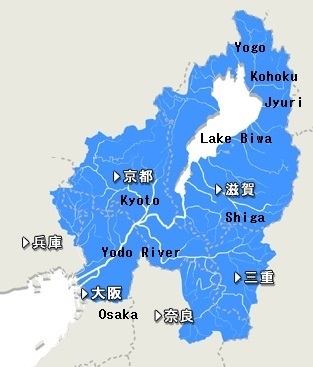
Figure 2 Lake Biwa & Yodo-river basin
(5) Report on KODOMO Ramsar International Wetlands Workshop
At first, Jun Ueda
explained about KODOMO(Children) Ramsar Projects that Ramsar Center Japan are
promoting.
TomohiroTomioka, and
Souichi Ueda(1st Gradar of Junior Highschool) joined the ESD-KODOMO(Children)
Ramsar International Wetlands Workshop in Nakhon Sawan, Thailand ( 11-13,
January 2013). They reported their experience at Workshop. Bung Boraphet is the
largest freshwater swamp in Thailand. Two children observed freshwater plants, waterfowls
in the lake, and conservation activities at the lake with other children came from
all over the world. Then they discussed in group about what was the most
important point of conserving the lake. Each group presented their conclusion of
the discussion. (Photo 4)
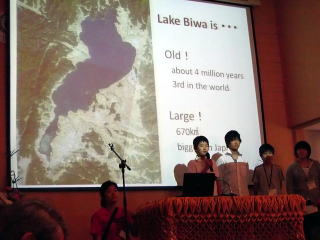
Photo 4 In the KODOMO Ramsar Workshop in Thailand, they presented
about Lake Biwa
(6) Closing Speech Jun Ueda
Ueda introduced the corner of WWD2013 in Kohoku-Wild
Birds-Center (Photo5), and the website (http://www.biwa.ne.jp/~nio/eng/index_e.html). On that site, you can read this report,and reports of WWD2011&2012
in Kohoku.
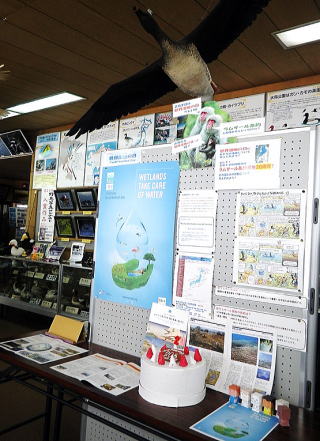
Photo 5 WWD2013 corner in Kohoku-Wild Birds-Center
(7) Sending an yell to 20th
anniversary of Lake Biwa Ramsar Site
To watch the video that
all of the participants around a birthday cake are shouting “Congratulations on 20th
anniversary of Lake Biwa Ramsar Site!” in Japanese, and in English (Photo6), go to the following YouTube site.
http://www.youtube.com/watch?v=cKd63las2lI
We had a tea party afterwards.
We enjoyed tea with candiess came out from a Birthday Cake made by a cardboard
box. Also, rice bowls made of Sekihan (that is special festive rice, rice
boiled with red beans), oranges were served.
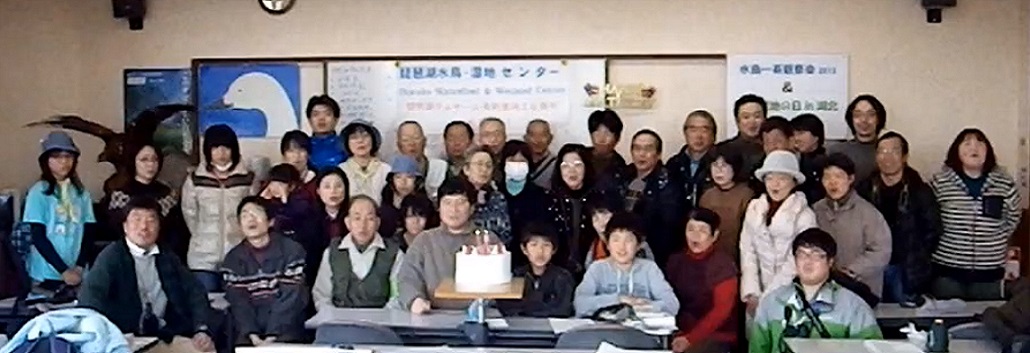
Photo 6 All of the participants around a birthday
cake are shouting “Congratulations on 20th anniversary of Lake Biwa Ramsar Site!” in Japanese, and in English. Go to the following YouTube site.
http://www.youtube.com/watch?v=cKd63las2lI







